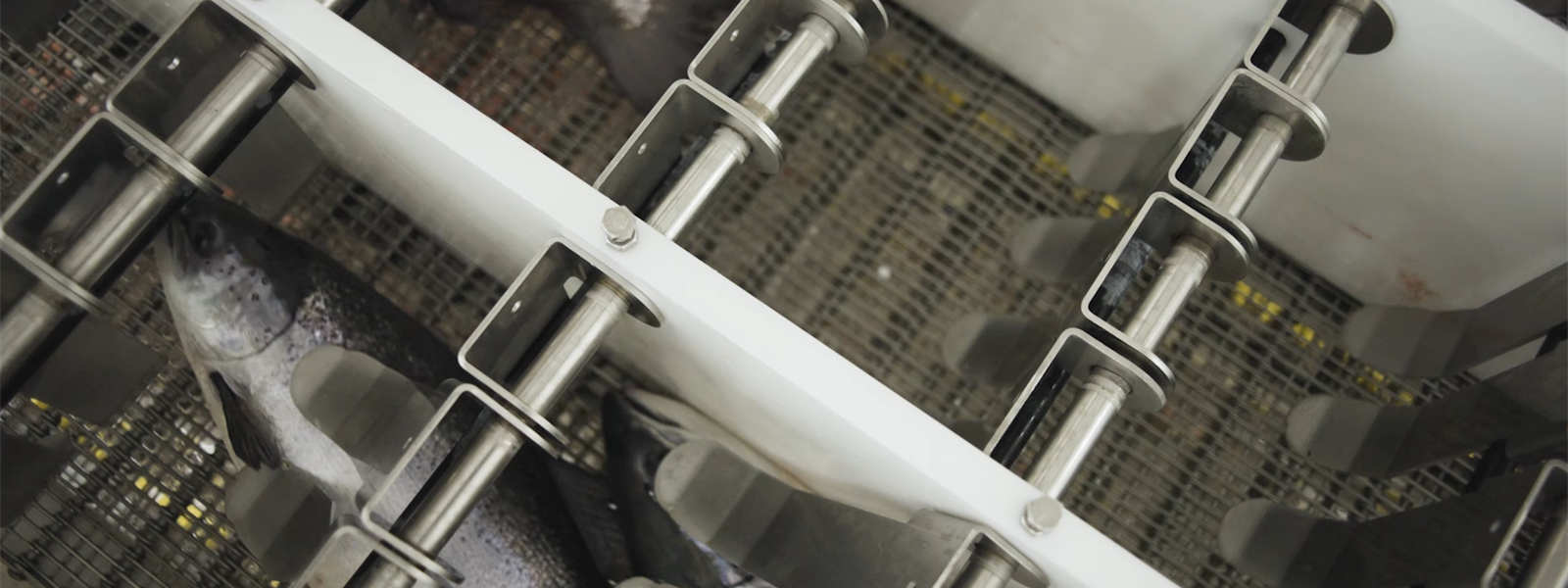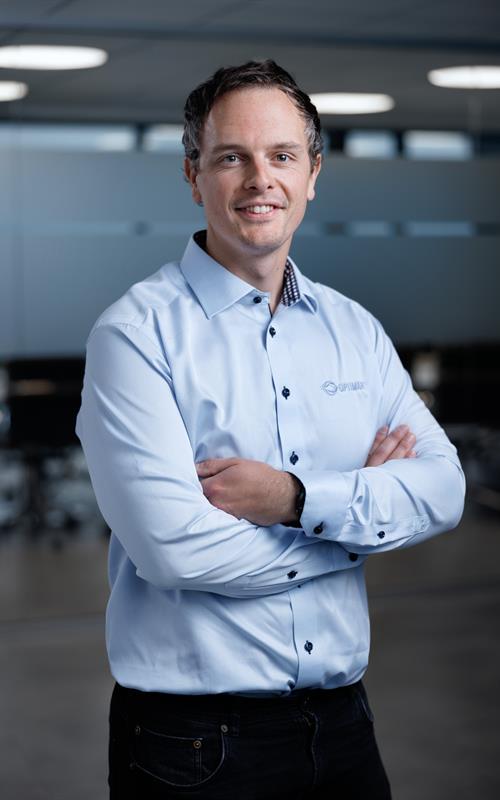
Let’s Build Fish Welfare on Facts — Not Assumptions
Fish welfare has thankfully gained more and more attention in the aquaculture industry in recent years. That’s important — and absolutely necessary — as we in the industry have a responsibility to treat fish as humanely as possible throughout their lives, including at the point of slaughter.
That’s why it is concerning when the debate about stunning methods is shaped by an overly simplified and, at times, misleading picture of reality.
Electrical stunning is thoroughly documented
Among the methods used today, dry-electrical stunning is arguably the most scientifically documented and verified method for the humane slaughter of fish. This is not based on opinion or assumptions, but on solid research conducted over many years, with rigorous EEG measurements that demonstrate when the fish actually loses consciousness. EEG, which measures brain activity, is considered the gold standard for determining unconsciousness in fish.
Only on salmon Optimar’s dry-electrical stunning system is documented through five EEG studies as well as four behavioral studies. In comparison, there are only two EEG studies on percussive (percussive = mechanical) stunning, one of which was conducted on Optimar’s own percussive machine. Several of the other studies cited in the debate rely on methods that amongst others Norway’s Food Safety Authority itself does not consider sufficient to prove the fish is truly unconscious.
To present dry-electrical stunning and percussive stunning / other methods of stunning as equivalent methods therefore does not hold water scientifically. We have to be honest about the fact that, as of today, there is significantly more knowledge and documentation supporting dry-electrical stunning than other stunning methods. Anything else undermines trust in the work being done on fish welfare, and in the worst case, can lead us to choose methods that don’t provide the fish the protection it deserves.
As Bjørn Roth from NOFIMA points out: it is wrong to compare what we know with what we don’t know.
More than good intentions
Fish welfare is about more than just good intentions. It’s about facts, experience, and technology that actually works — and can withstand scientific scrutiny.
At Optimar, we have delivered dry-electrical stunning systems for over 15 years, to both fishing-boats, well boats, working boats and land-based facilities for fish and crustaceans. We are actively involved in research projects, collaborate closely with the Fish Welfare Platform, and work continuously to improve both documentation and technology. That’s how we believe the industry should take responsibility.
Doing what’s right for the fish
We agree that more documentation and stricter standards are still needed. All methods must be held to the same requirements, and regulations must be based on knowledge — not gut feeling.
For us, it comes down to one thing: doing what’s right for the fish. Choosing methods that have been thoroughly tested, documented, and improved over time.
We believe the industry and authorities must stand together in this development. Together with research institutions like the Institute of Marine Research, NOFIMA, and Wageningen University in the Netherlands, we are happy to contribute equipment and expertise to ensure that the decisions we make are built on a solid scientific foundation.
If we succeed in this collaboration, we can lay a strong foundation for future regulations ensuring the humane slaughter of both fish and shellfish — and an industry we can all be proud of.
We look forward to the dialogue.
Ref.: Assessment of welfare aspects of stunning and killing of farmed fish in NorwayNorwegian Scientific Committee for Food and Environment

